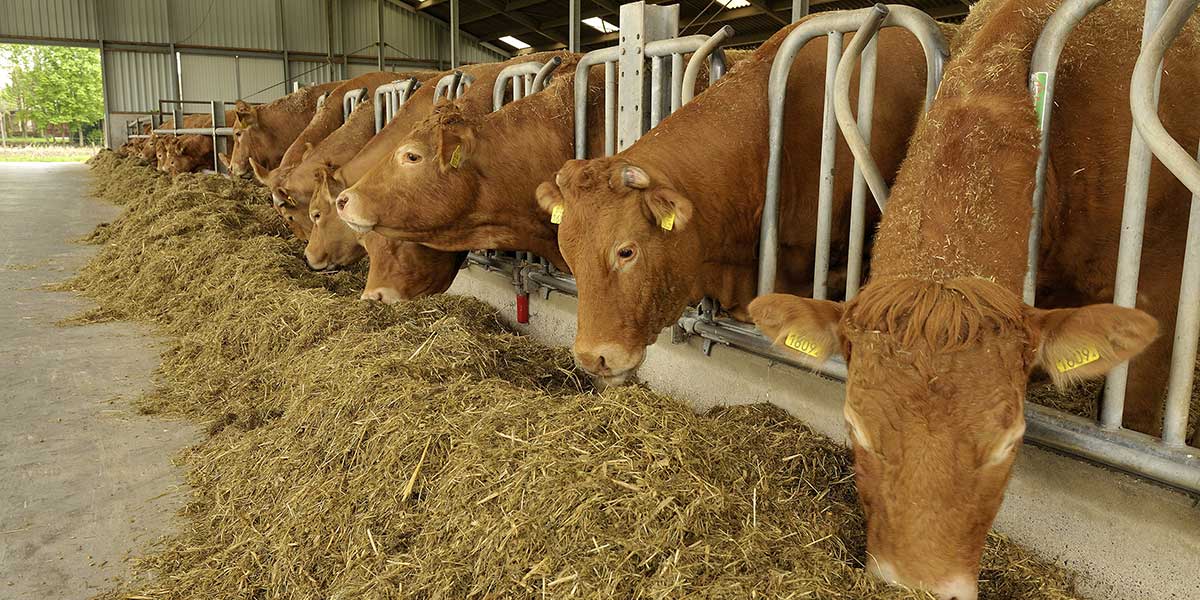 Back in August we wrote about the benefits of raising chickens (and tips for starting). One of the reasons the activity is becoming so popular is that you can do it in such a small space for such a small amount of money.
Back in August we wrote about the benefits of raising chickens (and tips for starting). One of the reasons the activity is becoming so popular is that you can do it in such a small space for such a small amount of money.
Raising cattle isn’t exactly the same. Yes, the benefits are outstanding. But you need more time, more money, and more space. Let’s go into it a little further.
Know Your Space
Sure, raising beef cattle is going to take up some space. But you certainly don’t need an enormous property. If you’re planning on grazing the cows on pasture you will need roughly 2 acres of space per animal. Also, cattle can be raised in a feedlot situation where you provide all the roughage and feed for them in a smaller enclosed space. Make sure you have a strong perimeter fence made of either six-strand high-tensile or four-foot high woven wire, a strong pen or corral, a shelter, and clean loafing and eating areas.
Choose Your Cattle
Many farmers might tell you that before you buy a cow take a look at their cattle. This couldn’t be more true. When purchasing your cattle make sure they are healthy. The cows should be alert, but not wild. Their eyes should be clear and free of discharge. Their breathing should be smooth without any irregularities. Their body should be full and rounded, and they should be able to move with a free and easy stride. Absolutely avoid buying any cattle with mucus coming out of their nose or if you notice any swollen legs or joints as this can be a sign of illness or infection which can possibly infect your other cattle.
Feeding Your Cattle
One of the main things that you can do to make sure your cattle stay healthy is to take care of their nutritional needs. Water is the most important nutrient to provide for your cattle, and make sure that you have a lot of it. The average full grown cow will consume somewhere between twelve to twenty gallons of water each day. Also be prepared for big appetites, as a cow can consume up to 3 percent of its body weight in dry feed per day.
Keeping Your Cattle Healthy
While nutrition is a big part of keeping your cows healthy, preventing disease and injury is just as important. Make sure to provide a stress-free environment for your cattle. Stress can make them more prone to diseases, so when handling your cattle make sure to do so in a calm and patient fashion. Also, make sure to monitor how much they eat. A decreased appetite can be an early sign of sickness in cattle. Finally, make sure to develop a strong working relationship with your veterinarian. Your vet can be a fantastic advisor to make sure that your cattle stays healthy and disease-free.
I hope this short article helps you get an idea on how to get started with raising cattle!
Lisa Podwirny is the owner of Ketchum Mfg. Connect with her on Google+!






